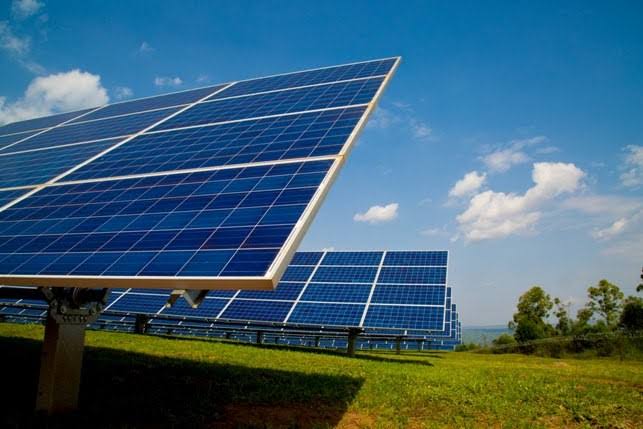Bifacial solar panels, an innovation that once struggled to gain traction, are now poised to transform the solar energy industry. Thanks to recent advancements in heterojunction technology (HJT), these two-sided panels are being heralded as a breakthrough in the quest for more efficient renewable energy.
The Rise of Bifacial Panels
Traditional solar panels have been the mainstay of renewable energy, converting sunlight into electricity with increasing efficiency over the years. However, these panels capture light on only one side, which limits their overall energy output. Bifacial solar panels, on the other hand, are designed to absorb light from both the front and back, potentially doubling the amount of energy they can generate.
This innovative design makes use of light reflected from surfaces like snow, sand, or even the white roofs of buildings, providing an extra boost in power production. Despite their potential, bifacial panels were initially hindered by high production and installation costs, which kept them out of reach for many consumers.
A Technology Reborn
The revival of bifacial panels can be credited to advancements in heterojunction technology. Pioneered in the 1980s by Sanyo, this technology combines two types of silicon—crystalline and amorphous—to create a more efficient solar cell. Crystalline silicon captures low-energy photons, while amorphous silicon captures high-energy photons, resulting in greater overall efficiency.
Recent developments have pushed these efficiencies even further. Italian energy company 3Sun EGP demonstrated in 2020 that their bifacial HJT modules could exceed 24.5% efficiency. Since then, manufacturers like China’s Maysun have introduced panels that achieve over 25% efficiency, thanks to larger cells and tougher glass.
Applications and Advantages
The new generation of bifacial panels is particularly suited to environments with high reflectivity, such as snowy regions or deserts. In these settings, the panels can capture additional light from the ground, significantly increasing their energy output. Even in urban areas, bifacial panels installed on rooftops can harness reflected light from surrounding surfaces, making them a versatile solution for various locations.
Agriculture is another promising field for bifacial panels. By installing them above crops, farmers can generate electricity while still allowing sunlight to reach their plants. This dual-purpose approach not only improves land use but also provides a sustainable energy source for rural communities.
Challenges and Future Prospects
Despite their advantages, bifacial panels still face challenges, primarily due to their higher costs. The most efficient versions, which use glass on both sides, are also the heaviest and most expensive. However, as production scales up and technology advances, costs are expected to decrease, making bifacial panels more accessible.
In addition, the integration of smart algorithms is helping to optimize the performance of these panels. Companies like Soltec are developing software that calculates the ideal angle for panels based on real-time light data, maximizing energy capture and ensuring efficient operation.
Bifacial solar panels, once an overlooked technology, are now on the cusp of widespread adoption. With their ability to generate more energy and their suitability for various environments, these panels represent a significant step forward in the global shift towards renewable energy. As the industry continues to innovate and drive down costs, bifacial panels could soon become a common sight in solar installations around the world
Caption.
Traditional solar panels have been the mainstay of renewable energy, converting sunlight into electricity with increasing efficiency over the years.
